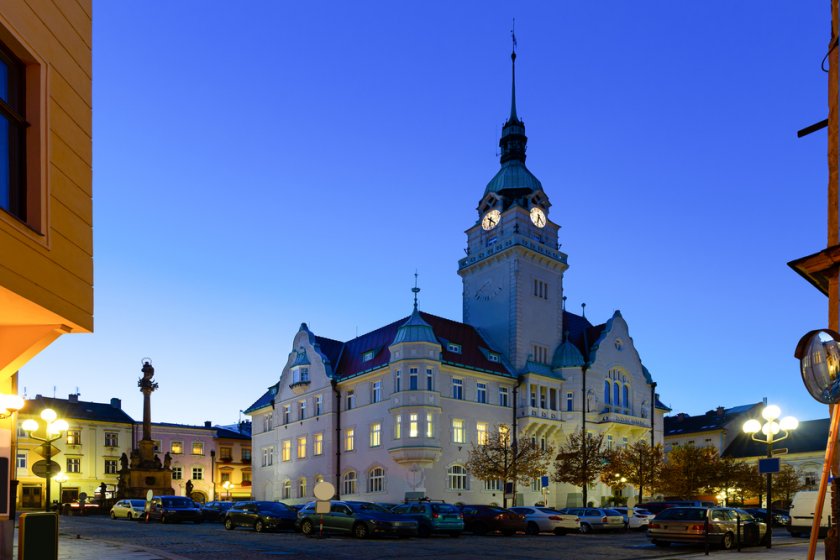Šumperk
It is called the Gate of the Jeseníky Mountains - it lies at the crossroads of various roads and railways, which stretch to the Jeseníky Mountains. In addition, when you come to Šumperk from the village of Bludov, a wonderful panorama of the peaks of the Jesenice mountains opens up in front of you, and you will really feel like in front of their gates. At present, Šumperk is home to more than 28,000 inhabitants and its picturesque location in the valley is completed by the Desná River.
Information for visitors
Interesting facts Šumperk
History of the town
Unfortunately, we do not know the exact date of the city's foundation from historical sources, but it can be assumed that it occurred sometime between the years 1269 - 1276, ie during the period of great colonization. From its beginnings, Šumperk was the administrative center for the entire area in which precious metals were mined. It was mining that provided the city with wealth, and in later times it was replaced by crafts. During the 14th and 15th centuries, however, the development of the town was retarded by the frequent change of owners, whose estates were constantly stopped. At that time, Šumperk was owned, for example, by the lords of Lipá, Trčková or Žerotínová.
On June 4, 1490, it became probably the most important event in the entire history of the city. The Šumperk Assembly was held here, at which Vladislav Jagellonský's candidacy for the Czech throne was approved. It was already a time when handicraft production was significantly developing in Šumperk. The cultivation of flax already had a long tradition here at that time, and linen and cloth also prospered here.
Under the Žerotíns, Šumperk was significantly improved and, for example, the current castle was rebuilt into a Renaissance chateau. The local monastery and church were also repaired and the city received walls.
The time of decline came after the Battle of White Mountain, when the troops of the Estates were defeated. Sumperk became the property of the Liechtensteins and underwent severe re-Catholicization. Another blow to the city was the fire of 1669 and the subsequent witch trials, which killed 25 innocent people. Between 1714 and 1715, the city was hit by a plague epidemic.
From the second half of the 18th century, however, Šumperk prospered again, in 1763 the first manufactory for the production of corduroy in the Habsburg monarchy was established here. Thanks to the textile industry, Šumperk became very rich, especially in the 19th century. Magnificent palaces of wealthy businessmen grew in the city, of which Vienna itself was a model, thanks to which Šumperk is sometimes nicknamed Little Vienna.
Sights and interesting places
Since 1992, the historic core of Šumperk has been a Municipal Monument Zone and includes, for example, the town hall - a local gem, the Church of the Annunciation, the Museum of Homeland Studies, the Geschader House, the Church of St. John the Baptist and even a torso of the walls.
Just a few kilometers behind Šumperk is the Háj u Šumperka lookout tower, which dominates the southwestern panorama of the city.
Author: Andrea Štyndlová

